|
3.5 Cross section Oldambt - Moormerland
1. Map of the cross- section (will be substituted
soon)


2. Characterization
The landscape within this cross-section is very open. Alongside some roads, waterways and around villages and farm yards, lines of trees are important green landmarks in the area. The area is flat and the field patterns are mainly in blocks. In the area there are different kinds of villages: mound villages like Termunten, Weiwerd and Amsweer and sluice villages like Termuntenzijl. And on the Lower Saxonian side, man can find the typical round dwelling mounds of Rysum, Manslagt and Critzum (Rundwurten) as well as the long mound settlement of Groothussen (Langwurt). And near the coast there are typical harbor villages like Ditzum (Rheiderland) and Greetsiel (Krummhörn). Moreover, the so-called „Aufstrecksiedlung” is a typical type of settlement of the rural communities. They are forming a line and are situated at the verge of the marsh, right up to the fen. The best example is the trans boundary settlement of Bunderhee.
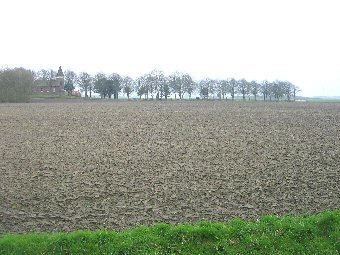
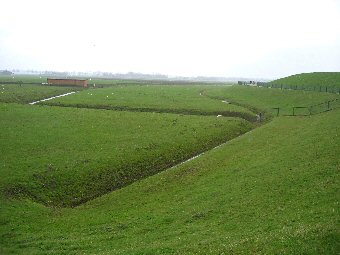

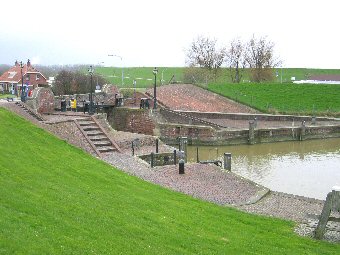
In this area the harbour sides of Delfzijl and Emden are important structures in the landscape because of their scale. They have little or no connection to the former landscape. They are like completely new landscapes, where former occupation and land use is not visible anymore. These sides have a major impact on the landscape by the big contrast with the surrounding area’s and villages.
The land, in former times dominated by the forces of the sea, is now protected by dikes. Because of the sequence of gaining new land (polders), former dikes can be recognized in the landscape and in the names of for example the roads. To manage the water in the area, waterways were dug like, for example, the
Termunterzijldiep.
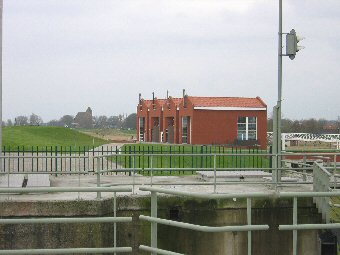
In the late Middle Ages, monks cultivated the land for agricultural purposes and a few of the remains of the monasteries still exist, like the Grijze Monikkenklooster near Woldendorp. In Lower Saxony, the historic sacral landscape was mostly destroyed during reformation and for this reason, the archaeological site of Ihlow will be restored in remembrance of the historical landscape.

3. Spatial development: Harbors
General remarks
In this cross-section the harbors of Emden/Emspier and Delfzijl are still increasing their activities. In the old harbor of Emden, a reconstruction of the old harbor area is planned. In Delfzijl the are trying to make the old harbour more accessible and recognizable for visitors. On the other hand, new developments near Delfzijl are wiping out old land patterns. In contrast to the development in Delfzijl, the harbor of Emden will be built on newly reclaimed land. No older historic structures will be directly influenced there.
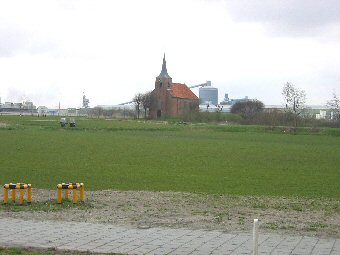
Opportunity
In the process of extending harbor sites/activities, there are possibilities
to look for a more attractive planning, using the contrast between old
landscape and the new activities. Also the possible re-use of old structures
or buildings for new purposes can offer advantages. Harbour- or sea
sides are still very attractive for visitors.
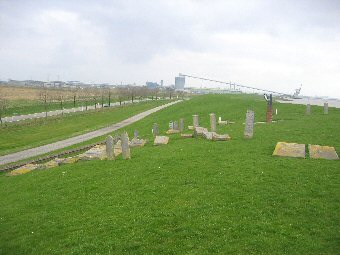
Threat
Increasing the size of harbors without a sense of value of the landscape and cultural values will make the original character of land unrecognizable. That generates negative effects not only for the location but also for a larger area. This because of the openness of the landscape.

4. Spatial development: Settlements
General remarks
In general, the certain loss of identity, the globalization of style and the
major change in land use are effecting the old settlements. Examples are the
village
of
Pilsum
, where a new building site, in a global style, is situated near the old
settlement. And north of Ihlow there is a peat village, where restoration
depends on private initiative. The
village
of
Weiwerd
has almost disappeared because of harbour extension.
The smaller settlements are for some group of people a favourite place to
live. New building sites or a singular houses has to fit in the structure of
old settlements. But how shoot it looks like? And how can this be managed?
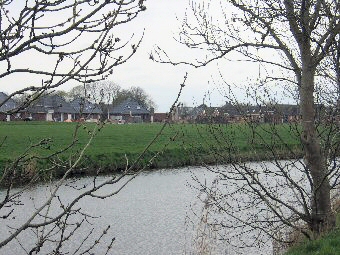
Opportunity
By applying new functions to old buildings, it is possible to keep some of the characteristics of the region. There is among some groups a strong awareness and a wish to have a distinguished house. In the case of new buildings, it is important that the architect is aware of the historic setting of the building when designing new architectural and landscape values.
Threat
Often rules, legislation and financial constrains make the restoration and re-use of existing buildings more difficult than building new ones. Companies asked for state-of-the-art buildings, as well as the civilians. The extra costs frequently form a problem. Not all architects are yet designing a kind of ‘a regional way’. On the other hand, a more regional way of designing can end in semi-historic buildings, not fitting in the landscape.

5. Spatial development :
Tourism
General remarks
Tourism is often seen as a good possibility for maintaining cultural heritage, but there are also some conflicts. The developments around the monastery of Ihlow are causing conflicts between cultural heritage management, environmental protection and commercial developments. Often holiday accommodation is not built in line with the regional identity although there are a few good examples as well.
Some places like Termunten - Termunterzijl or the sluice harbor villages Ditzum and Greetsiel, have more potential to be developed to a greater degree of attractiveness for tourists than others. The ‘Oude Stadsweg’, an ancient road between Dutch, German and Baltic cities, can be also attractive for small scale tourism.
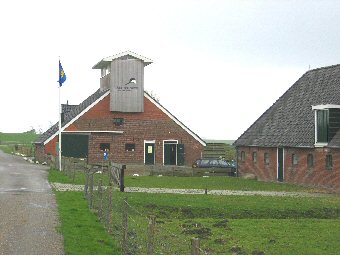
Opportunity
Tourism can offer some new economic base which can lead to a sustainable development and management of the landscape and cultural heritage. Well kept buildings, villages and landscapes, by which the cultural history become visible, offer a reason for people to come to area.
Threat
Tourist activities might not be in line with regional identity: buildings and other physical elements can break the identity of the spot. And series of those tourist spots can destroy the total quality of a village or area.
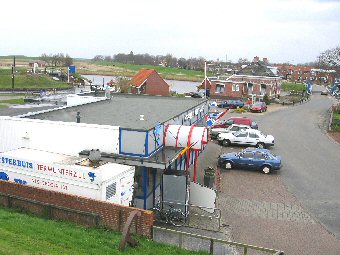
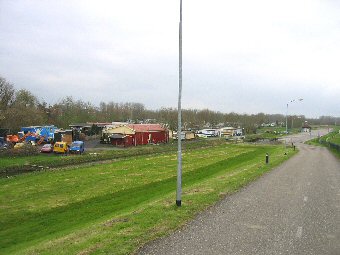

6. Spatial development : Agriculture
General remarks
In general the agricultural sector needs scale enlargement. This and the use of bigger machines, and thus the need for bigger roads, have a huge influence on the landscape. The farms need new sheds to store machines and crops, the sheds are produced as cheap as possible and are all uniform. Small elements in the agriculture landscape sometimes are on ‘the wrong place’ and therefore removed. But the agriculture sector is also needed to maintain the landscape in a good way. And this sector is nowadays willing to discuss their contribution.
Opportunity
Farmers can manage the landscape if they can continue their farming in a suitable way. To maintain the landscape and cultural values they need information and they may require compensation money for restrictions or other financial aid. The quality of design of buildings can be stimulated.
Threat
Farmers have created the landscape. The decrease of the number of farmers and the increase of unused arable land can have major effects on maintenance of the landscape. For the perspective of cost reduction, farmers are forced to act very efficiently.

7. Spatial development: Nature
General remarks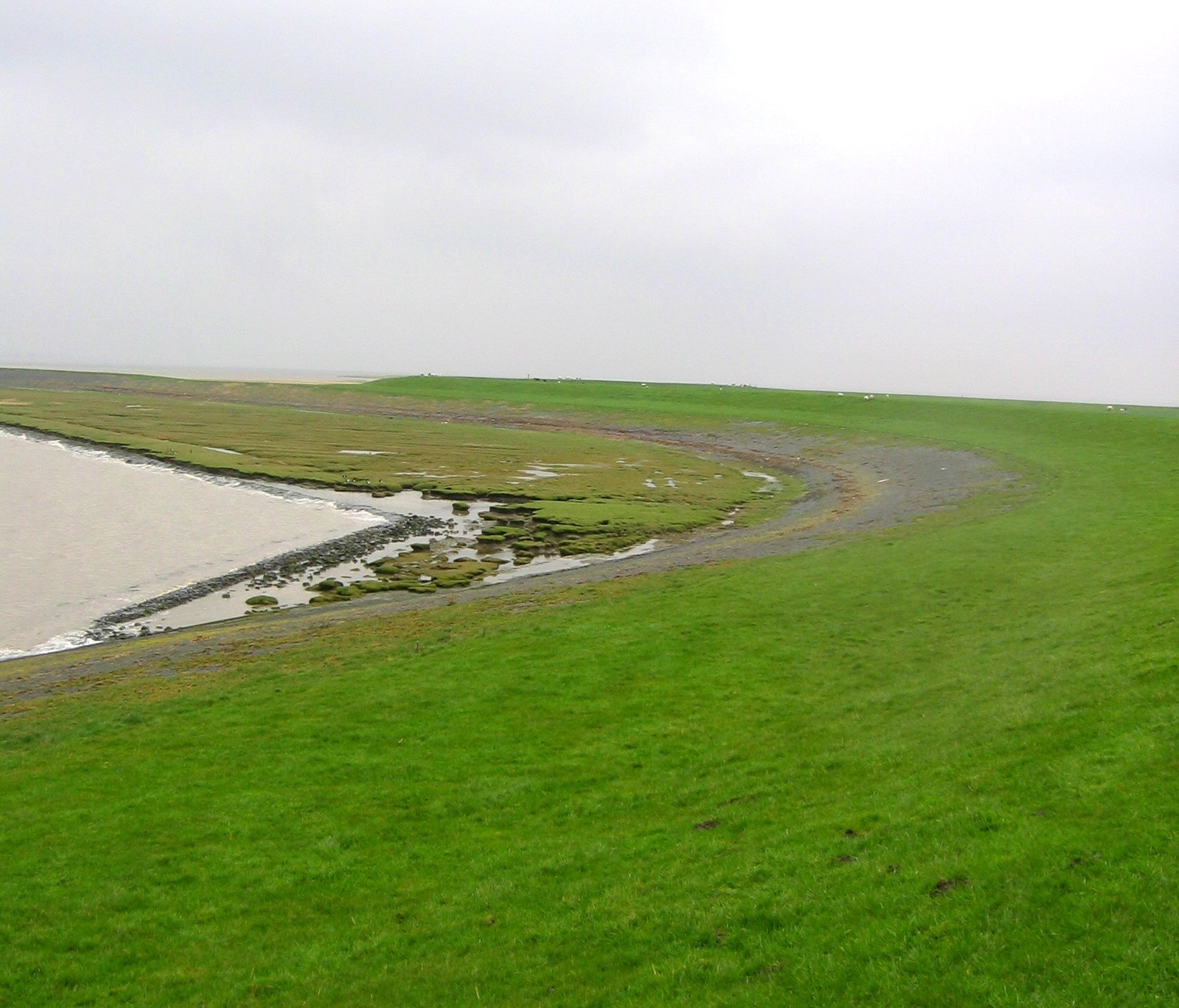
In large parts of the Wadden Sea Region and in this cross-section too, nature has to cope with ecological fragmentation which means that natural areas are isolated from each other. In the Dutch part of the mainland there are no real large nature areas or connections between nature areas. There is a policy for making connections between smaller areas.
Opportunity
Connecting natural areas, old structures in the landscape like old canals can be used. Working that way you can maintain the cultural heritage by giving it a extra reason for existence.
Threat
Nature development can also be a threat to landscape and cultural heritage. Sometimes nature development means digging new water structures in an old landscape or designing new small forest areas. This can have a major effect on the openness of the area.

|









